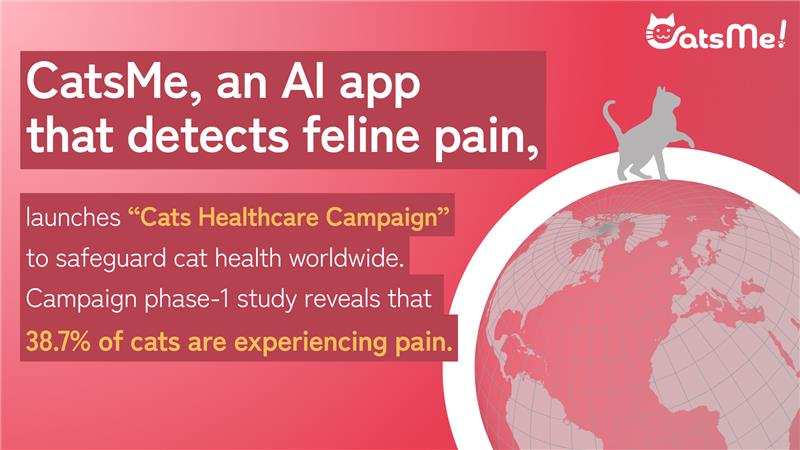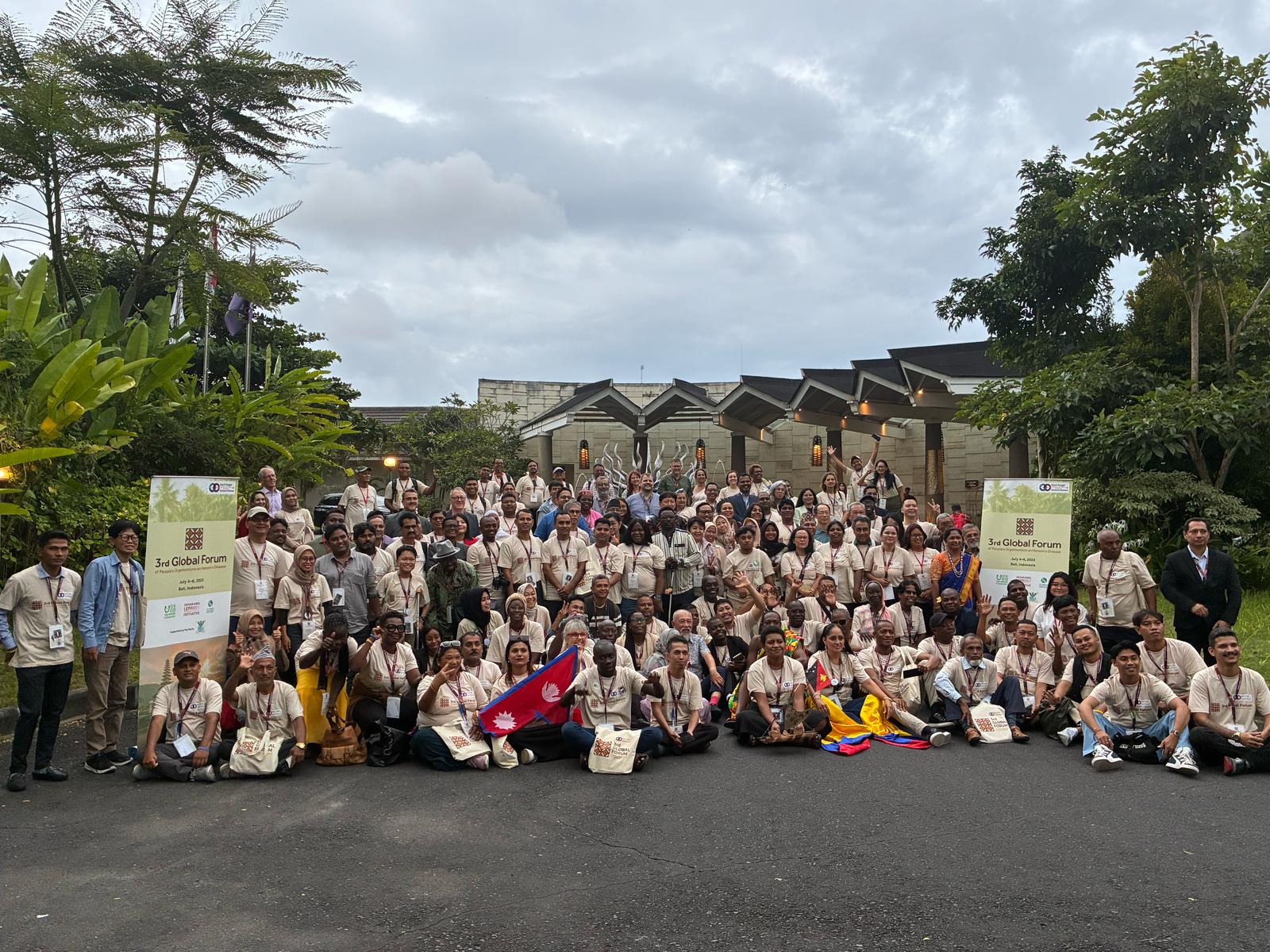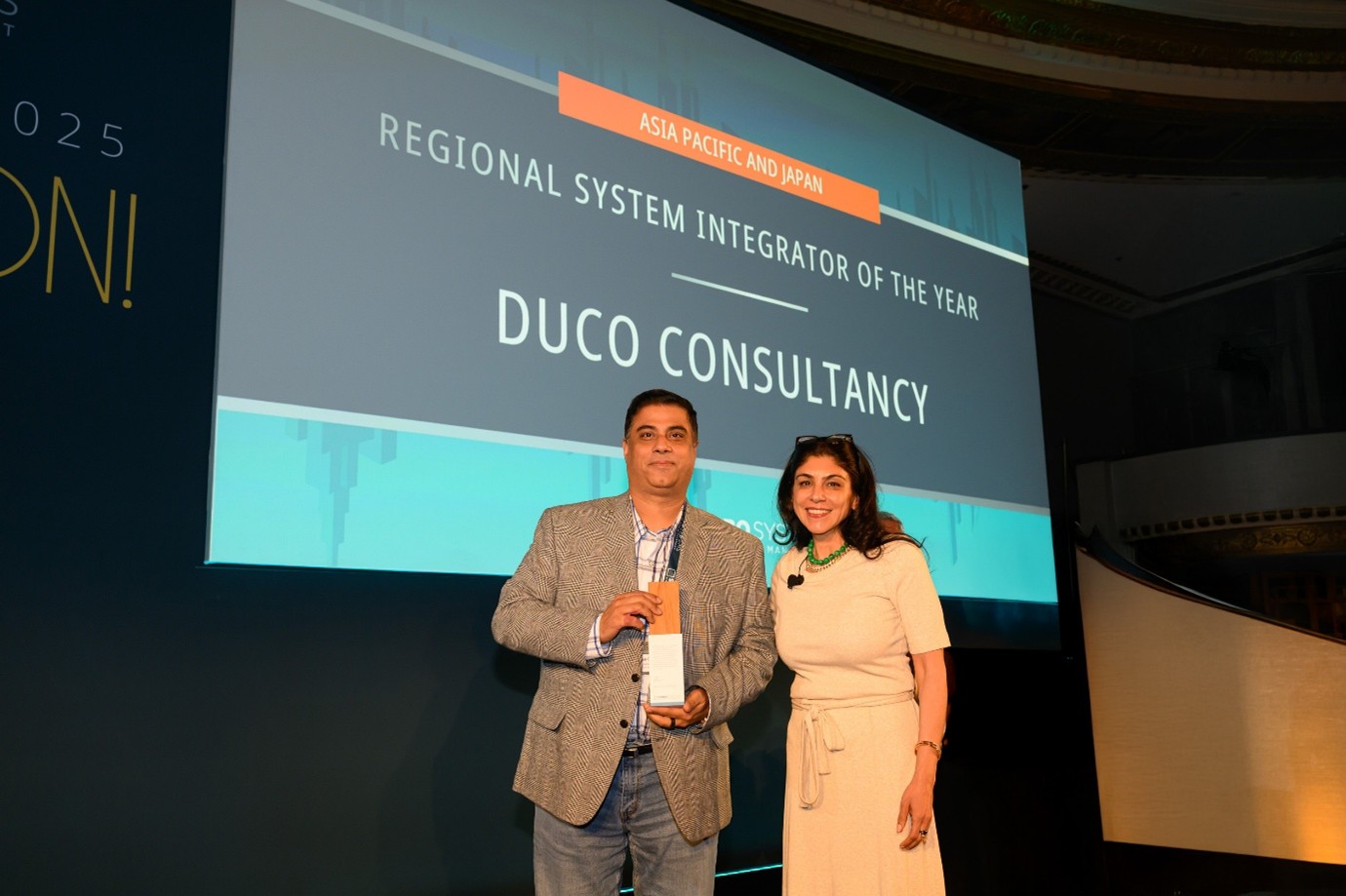May 28th,2021 / Osaka, Japan – Panasonic Corporation has developed the following two advanced AI technologies, accepted to CVPR2021 (IEEE Conference on Computer Vision and Pattern Recognition), the world’s leading international conference on AI technology.
Outline of technologies
[1] Home Action Genome: Contrastive Compositional Action Understanding
We are pleased to announce that we have developed a new dataset “Home Action Genome” that collects human’s daily activities in their homes using several types of sensors, including cameras, microphones and thermal sensors. We have constructed and released the world’s largest multimodal dataset for living spaces, while most datasets for living spaces have been small in scale. By applying this dataset, AI researchers can use it as training data for machine learning and AI research to support people in living space.
In addition to the above, we have developed a cooperative learning technology for hierarchical activity recognition in multimodal and multiple viewpoints. By applying this technology, we can learn consistent features between different viewpoints, sensors, hierarchical behaviors, and detailed behavior labels, and thus improve the recognition performance of complex activities in living spaces.
This technology is the result of research conducted in collaboration between the Digital AI Technology Center, Technology Division, and the Stanford Vision and Learning Lab at Stanford University.

We utilize training using both video-level and atomic action labels to allow both the videos and atomic actions to benefit from the compositional interactions between the two.
[2] AutoDO: Robust AutoAugment for Biased Data with Label Noise via Scalable Probabilistic Implicit Differentiation
We are also pleased to announce that we have developed a new machine learning technology that automatically performs optimal data augmentation according to the distribution of training data. This technology can be applied to real world situations, where the available data is very small. There are many cases in our main business areas, where it is difficult to apply AI technology because of the limitations of the available data. By applying this technology, the tuning process of data augmentation parameters can be eliminated, and the parameters can be adjusted automatically. Therefore, it can be expected that the application range of AI technology can be spread more widely. In the future, by further accelerating the research and development of this technology, we will work to realize AI technology that can be used in real-world environments such as familiar devices and systems. This technology is the result of research conducted by the Digital AI Technology Center, Technology Division, AI Laboratory of Panasonic R&D Company of America.

“2” is under-augmented, while “5” is overaugmented. As a result, prior methods cannot match the test distribution and the decision of the learned classifier f(θ) is inaccurate.
The details of these technologies will be presented at CVPR2021 (to be held from June 19th, 2017).










